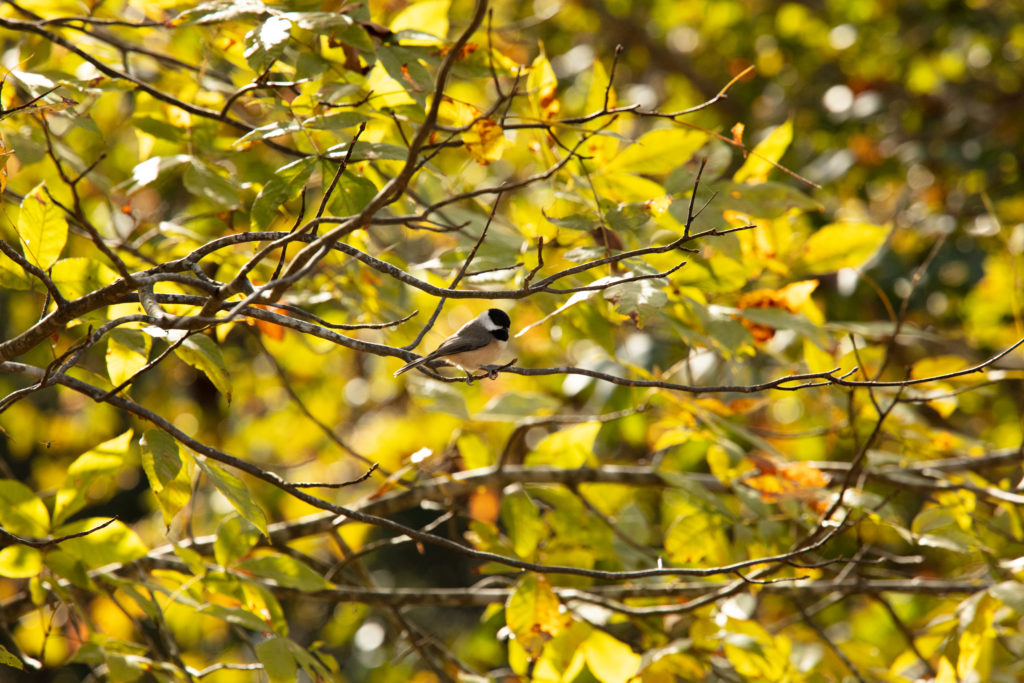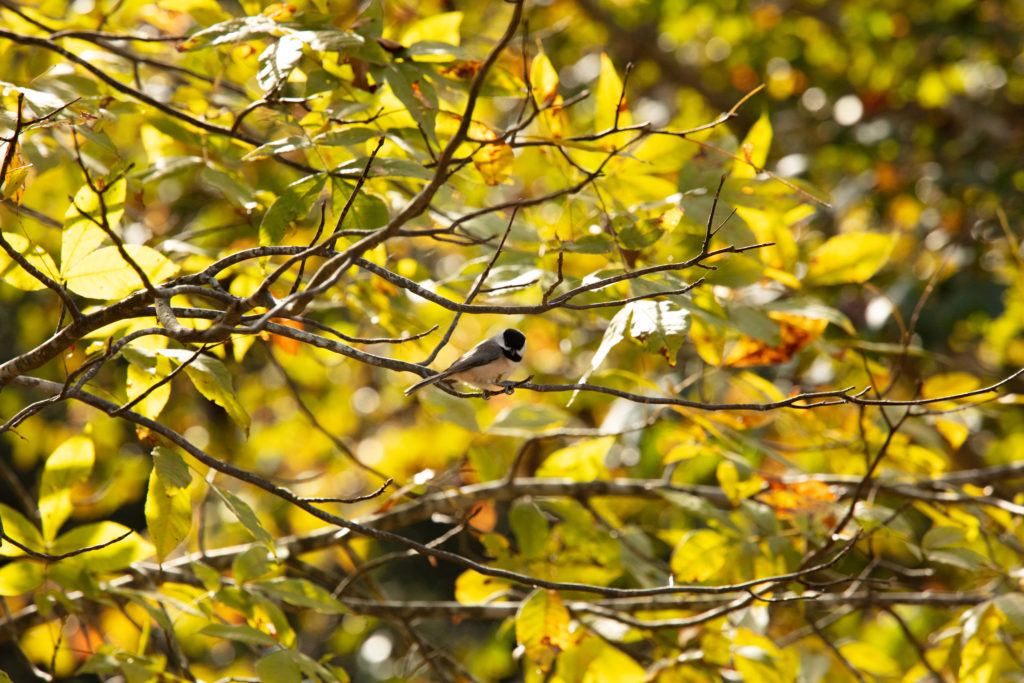By: Sally Siko- Admin Birdwatching NC
Tag Archives: nc birding birdwatching
A backyard favorite: the Carolina Chickadee
Carolina Chickadees are my constant companion in the woods.
Chirping their familiar calls, they always seem to make an appearance along every trail I’ve hiked here in North Carolina.
Often
traveling with a Titmouse entourage, these energetic little birds have
adapted well to a human’s presence and are commonly found dining at
feeders in suburban backyards and parks.

Carolina Chickadees feed
on insects, fruits, berries, seeds, and nuts. During the summer, their
diet consists mostly of insects, while in the winter they switch to
eating mostly berries and seeds.
These small birds forage by moving
quickly in and out of the foliage of trees, making quick flights as they
search for insects and other food items. They’ll even try to capture
insects in mid-air, by hovering as they glean insects from the mid to
upper canopy.

The Carolina Chickadee is a year round resident of North Carolina U.S.
They
are similar looking to their northern cousin, the Black-capped
Chickadee. The main visual difference in the species is that the
Carolina species lacks white coloring in their wings and tends to have a
shorter tail.
Another clue is the region in where your seeing them.
The Carolina Chickadee may be found throughout most of the southeastern
United States, while the Black-capped Chickadee is found further north.
Photo by @sally_siko
Canon 5Ds
The Ruby-crowned Kinglets have arrived in North Carolina
I’ve been seeing a ton of Ruby-crowned Kinglets over the last few weeks here in central North Carolina.
These delightful tiny birds forage for insects on twigs and branches in taller trees. While searching for food, they flick their wings continuously.
On the rare occasion to see one sitting still, Kinglets can be found roosting alone on tree branches close to the trunk.

Don’t let their diminutive size fool you!
These birds are not about to give up an inch of good feeding ground
and are known to become quite aggressive when facing a rival.
During aggressive displays, they will lean forward, showing off the white bars on their tail. They’ll flash their wings and turn from side to side while singing and moving their head from side to side slowly.
This Kinglet was acting aggressively towards a group Carolina chickadees and Tufted Titmice when I took this shot.
Such a fierce personality for such a small bird.
Love it!
Photo by @sally_siko
Canon 5Ds
